The Lines Aren't Going to Read Between Themselves [Smash Grammar Pt.2]
This is a single section from a short series of essays on how to improve. The goal behind these essays is to demonstrate that the process of improvement is multifaceted, definite, knowable and achievable by anyone, and to provide some concrete insight (should anything I say have the honor of such qualification) into what I feel is a poorly understood and, in far greater measure, poorly communicated concept. Moreover, to demonstrate that there is infinitely more to improvement than the refrain I'm sure has frustrated enough otherwise good players into giving up: "just practice."
I plan on posting one every few days, and will eventually conglomerate the whole thing and post it as one great, big... thing. Updates will be made on my Twitter: twitter.com/Vermanubis
Though we’re not computers, we certainly share a lot of parallels with them. Just as a computer has limited processing power, so do we.
So, like good nerds, we have to figure out how to ditch the excess baggage. We’ve gotta throw the bathwater out but keep the baby. In other words, we have to recognize and understand the fundamental properties of something to see it for what it is without letting the details obfuscate what’s important.
Let’s kick off with an analogy. Let’s be frank, most of us are dyed-in-the-wool nerds, and as such, have probably been exposed to intermediate algebra sometime in our lives. Do you remember when you first started looking at linear equations and being overwhelmed by the sheer volume of forms they could take? Slope-intercept, point-slope; it was hard not to get lost in all their dissimilarities. But the fact remained: they were the same. Beneath all that clutter lay something fundamental that unified them.
Once you were able to recognize those forms for what they were and not become distracted, linear equations ceased to be an issue.
It’s not too different in Smash. Imagine yourself fighting Mario. He fullhops, throws out a fireball and then NAirs into you. Or he fullhops, throws a fireball, and then DAirs into you. That’s a lot to compute. And if you divide your attention equally among these three things, you lose sight of the bigger picture: that Mario is simply trying to approach you. Like with linear equations, preoccupation with the dissimilarities between the forms only takes away from recognizing the similarities. Though it's not enough to offer a single, pre-fab response to these things, it is necessary to recognize them for what they are so that you can load the appropriate response.
There is no shortage of things to be said for the ability to frame a match not as individual movements, but as general objectives. When you can pop someone up in the air and immediately transition into the “advantage” frame of mind; when your opponent is on the ledge and you can transition into the “advantage ledge” frame of mind; you can narrow down your focus onto a smaller set of options and start to categorize your opponent.
If you’ve ever wondered how people are so good at reading you, it’s probably because they have effectively categorized you: they’ve chopped your play up into well-defined pieces. They’ve observed how you behave in your disadvantage, they’ve seen how you behave when you’re pressured at the edge, and they’ve downloaded how you intend to approach. At the end of the day, every single player, no matter which end of the skill spectrum they sit, is an admixture of habits and proclivities from each of these major phases of the match. It's difficult to adequately stress this point. Most beginner-intermediate players treat each new person they face as a completely new thing rather than simply a different mixture of familiar propensities and this dramatically encumbers the adaptation process and inflates the amount of wasteful decisions commensurately.
Instead of wiping the slate clean and trying to model your opponent from scratch each time you play, simply categorize them by recognizing familiar options and habits in different phases. You are piecing together a puzzle; not sculpting a marble block. In other words, you have all the pieces you need to understand your opponent; it's just a matter of putting those pieces in the right order as opposed to slowly chiseling until something tangible comes into view. Familiarizing yourself with those pieces, however, is a different process altogether from piecing them together. That's a topic for another day.
It’s through this process of explicitly abstracting individual movements into groups that allows a player to quickly build a more complete picture of the person they’re playing and download them.
Thanks for the wall of text, poindexter. How do I make any of this stick?
That is the question, isn’t it?
As with anything involving practice, you have to be explicit and think. That might mean playing a little stupid and reserving some of that mental energy to self talk. As I frequently say, when practicing, don't be afraid to fish for what you're practicing. It's okay to contrive situations at the cost of potentially better decisions in friendlies for the sake of practicing that which you've set out to practice.
Find a match, preferably with someone not so good on For Glory. As you start the match, ask yourself: which phase am I in? Are you in neutral, advantage, disadvantage, by the ledge, offstage, gimping? That’s the first step: just recognizing where you are in the match.
The next step, once you’ve identified what phase of the match you’re in, is to pay explicit attention to what moves your opponent is using and even verbalize them to yourself. The creative, and by extension fun, part of this is, likely post-match, asking yourself what tools you have to provide as an answer to the things you saw. To make that a little more concrete, if I, as Ganon, hit someone into the air at low-mid percent, must make note of what option they chose: did they choose an offensive one, like NAiring to the ground? Did they airdodge? Or did they burn their double jump?
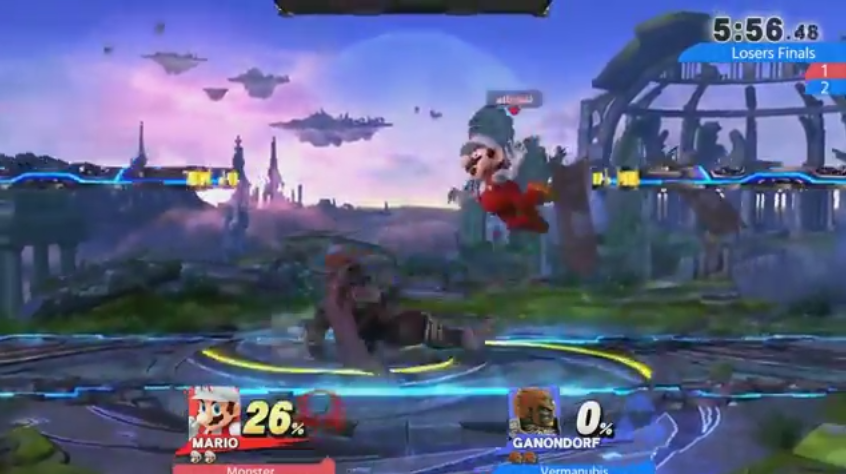
He's in the air; what's he gonna do next? I guess jump away. Let's see what happens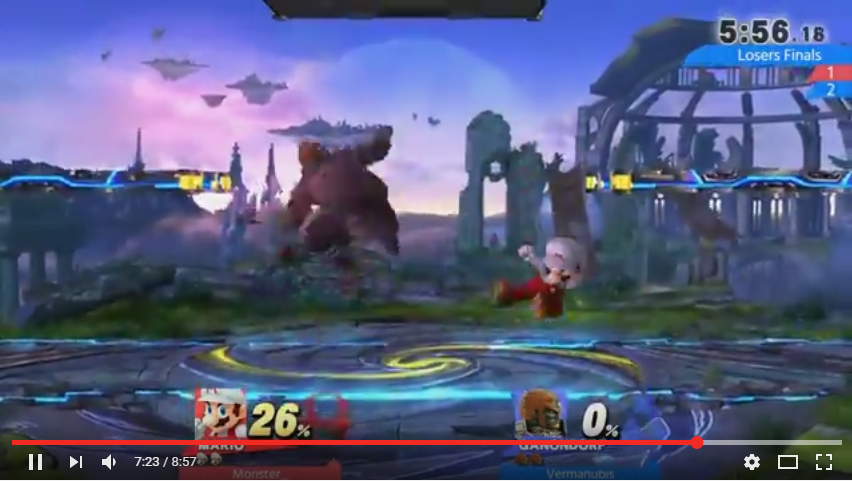
Nope. He NAired. I must keep this in mind and practice verbalizing these observations to myself.
Just like with forms of equations, these frames and phases are universal across all characters, and the operative notion is to recognize how each one manifests across characters and players. And as with those same equations, each one has a signature by which you can recognize it for what it is. In a game like Smash, relying on intuition is a non-option; you absolutely must be able to explicitly organize your thoughts and recognize what is happening in broader sense than individual movements and actions.
Before you go, do me a favor. Memorize this string of characters:
FCICDOJIRSQACKGBSQLFBIRAR
Probably wouldn’t want your life to depend on regurgitating that mess, huh?
What about now?
FCIC DOJ IRS QAC KGB SQL FBI RAR
All just well-known acronyms. When you parse things into meaningful categories, they're a lot easier to recognize and remember. Things are a little clearer when you read between the lines… aren't they?
If you found this essay to be not awful to read, and maybe even enjoyable, I'll be posting them regularly on my Twitter: twitter.com/Vermanubis
This blog post was written by a SSB World community member. Share your Smash 4 knowledge by creating your own blog post now.
You must log in to comment.

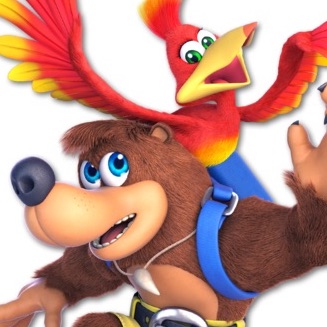
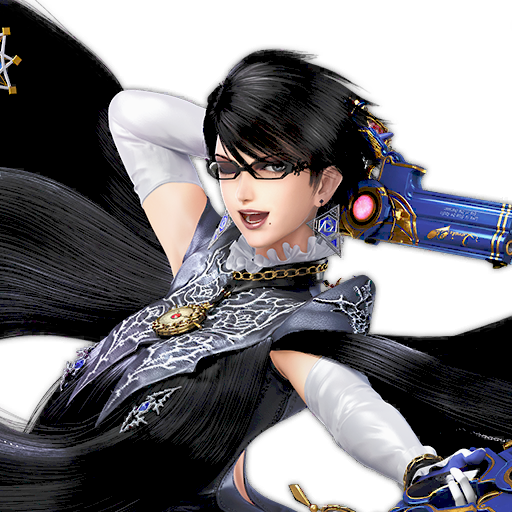
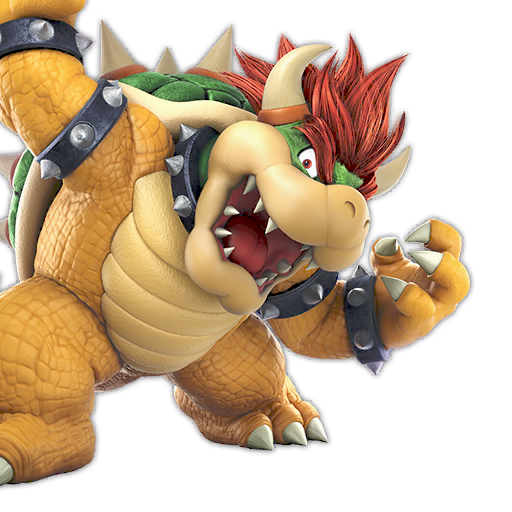
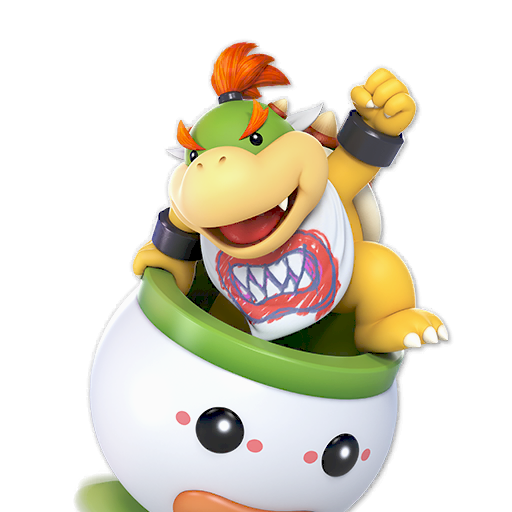
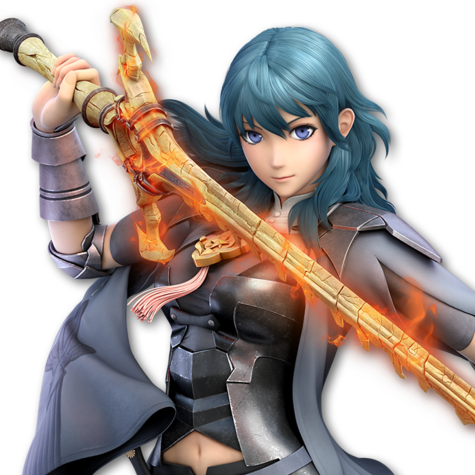
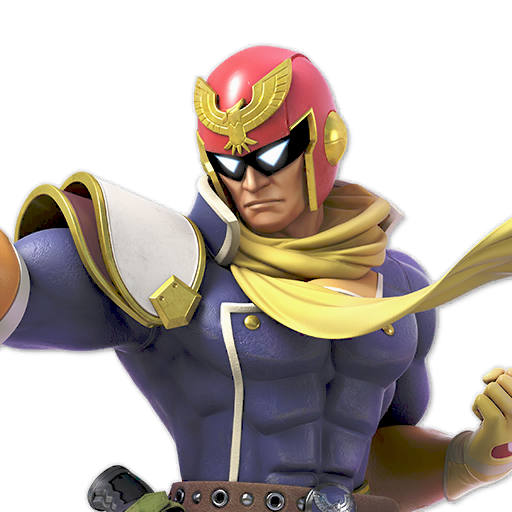
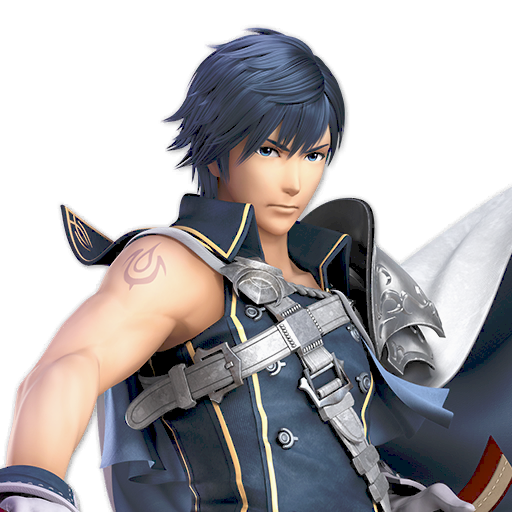
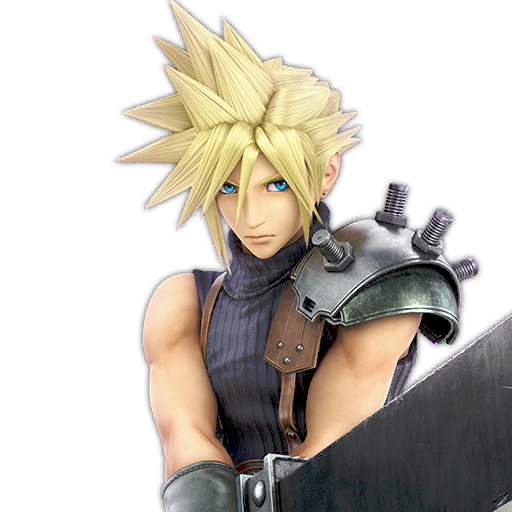
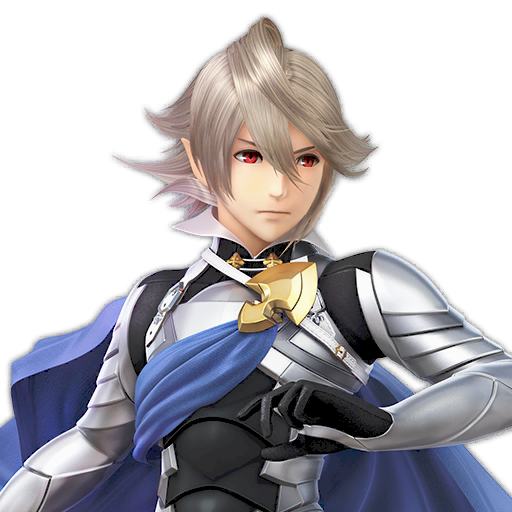
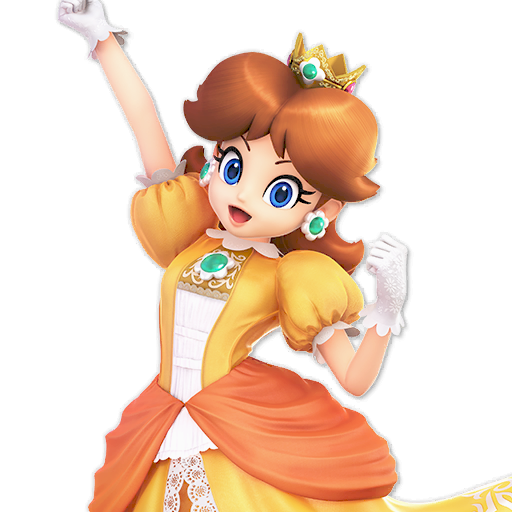
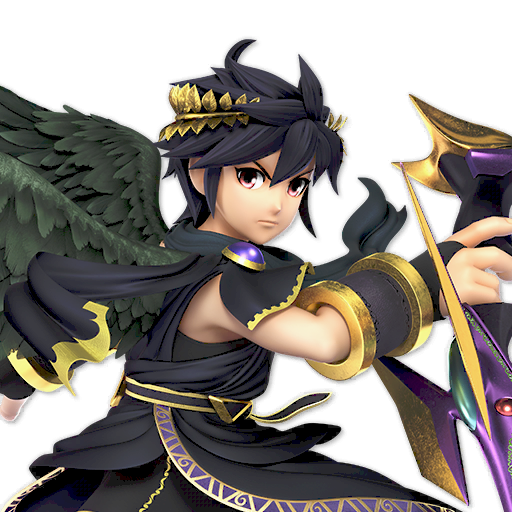
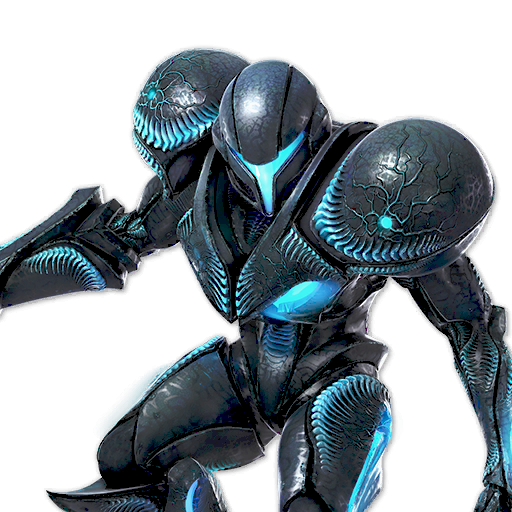
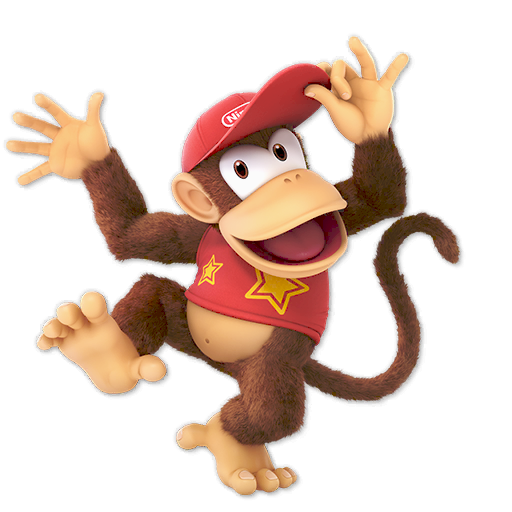
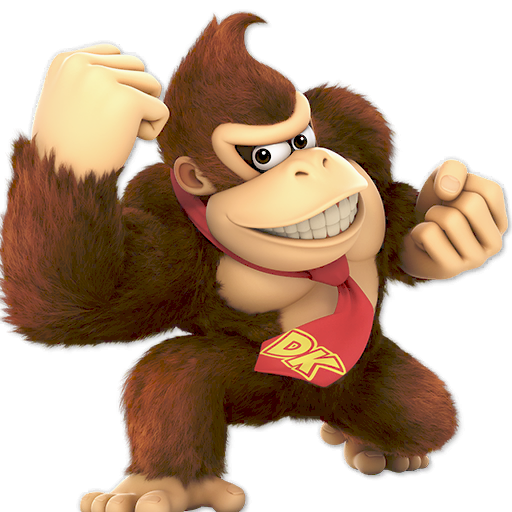

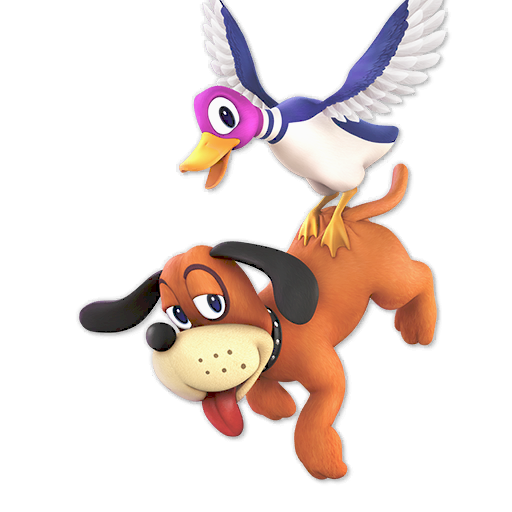
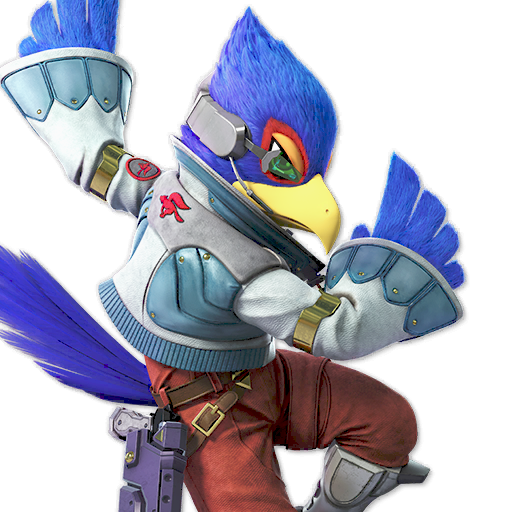

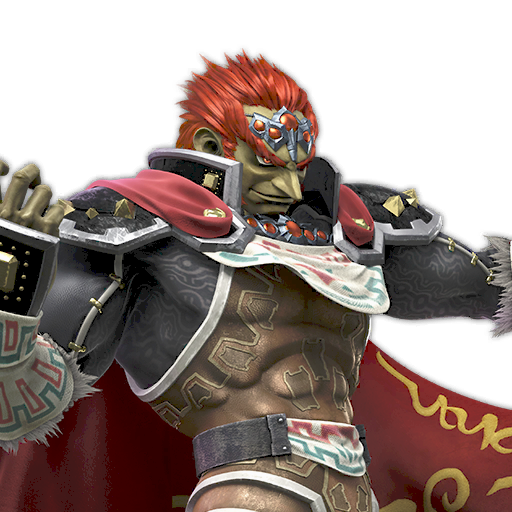
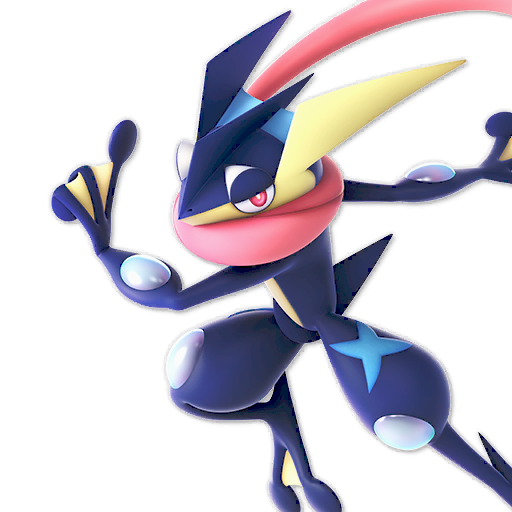

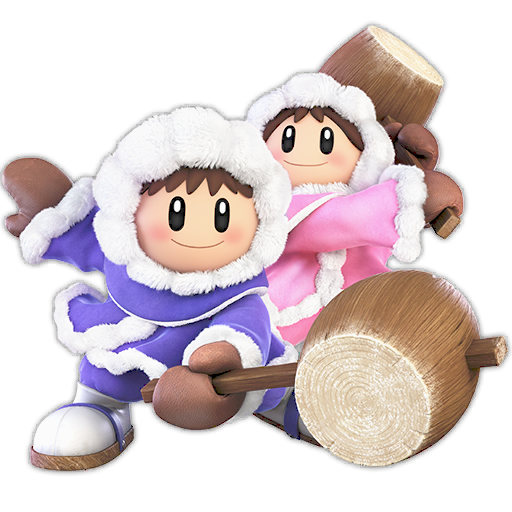
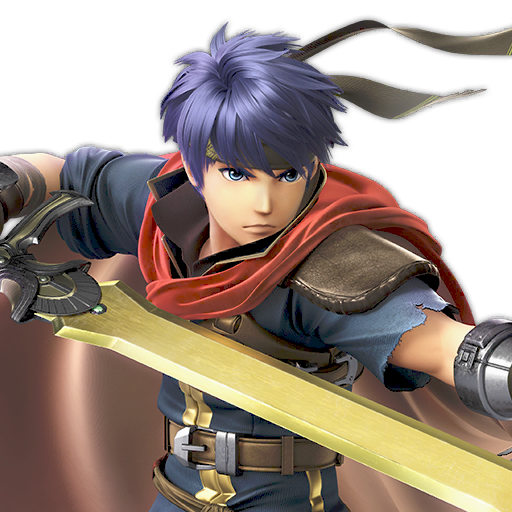




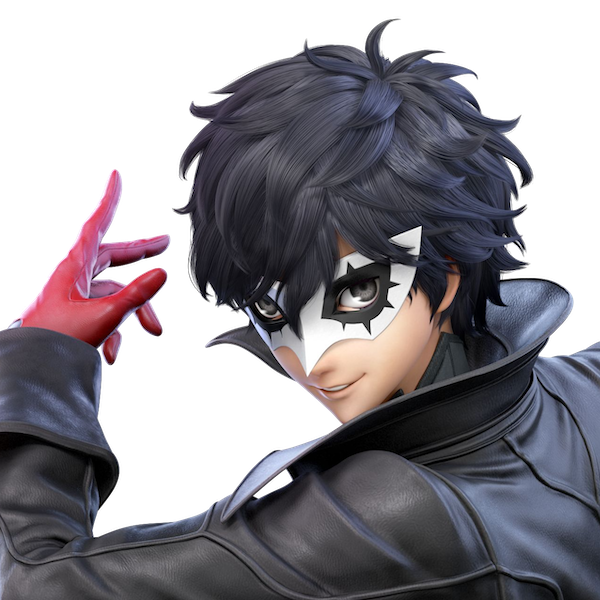
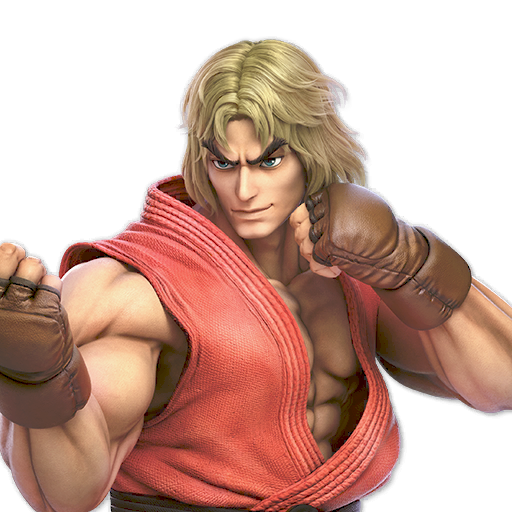
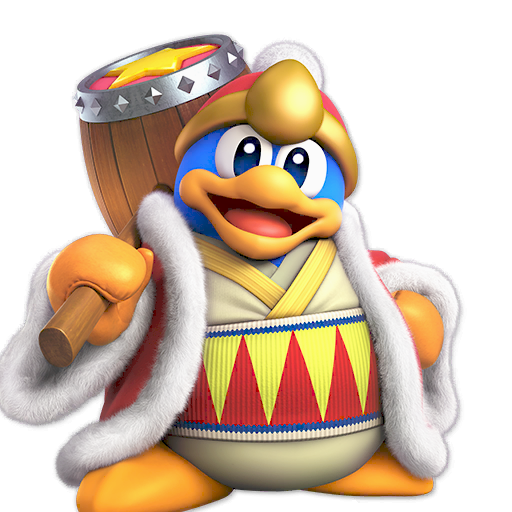
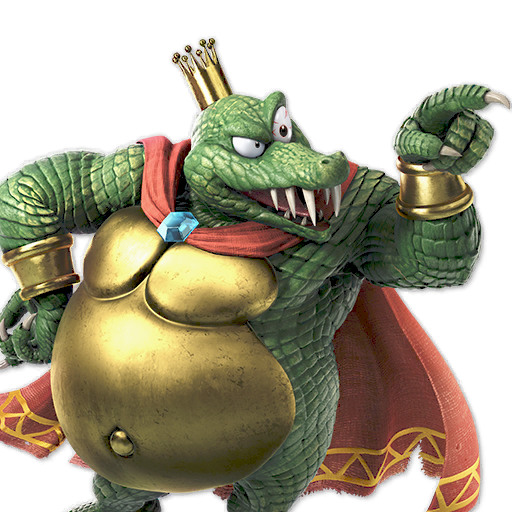
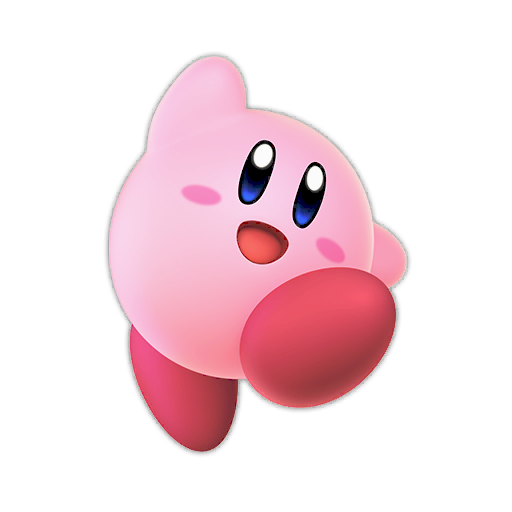
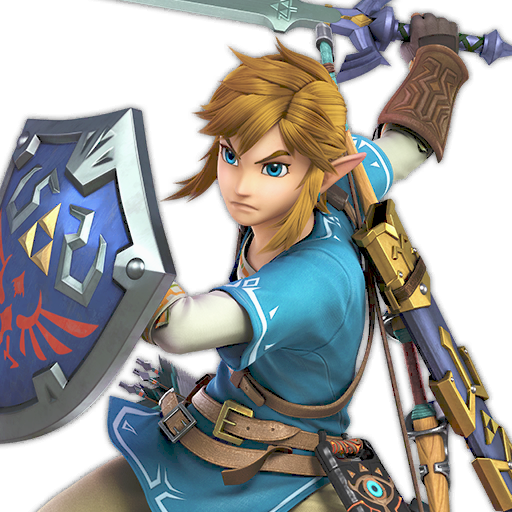
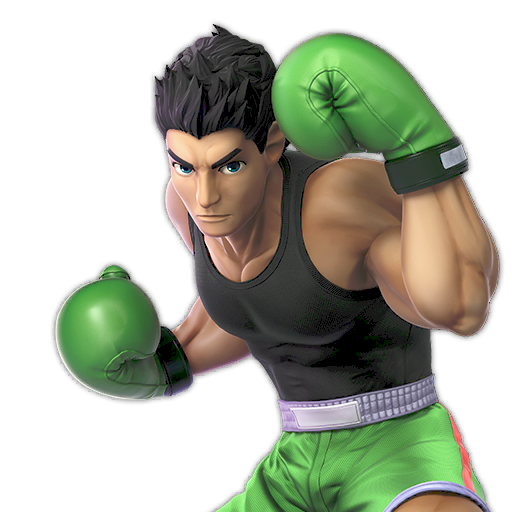
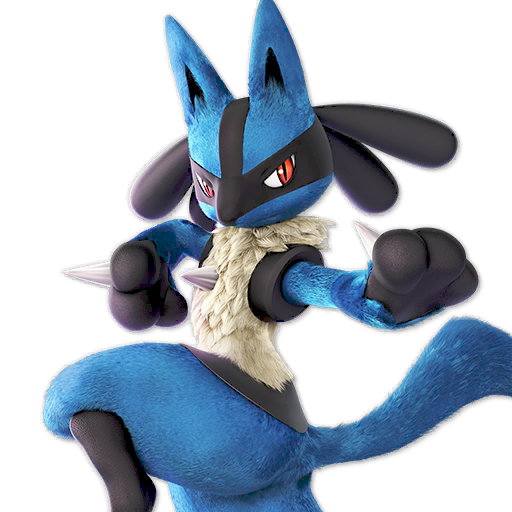

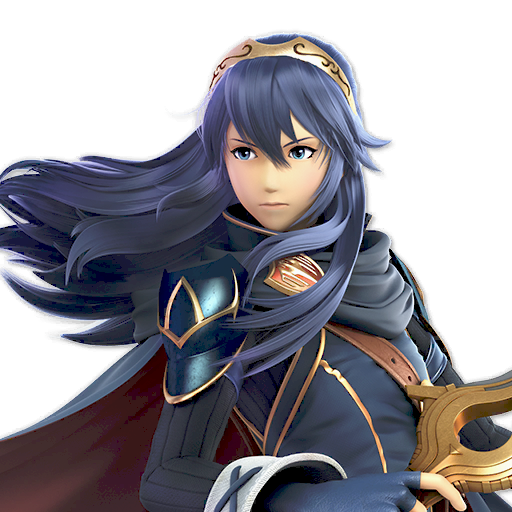
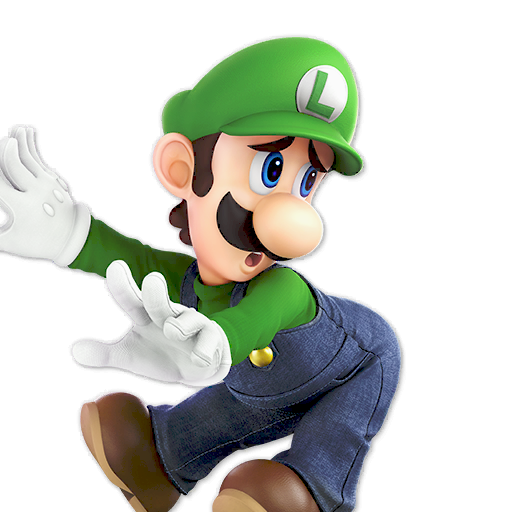
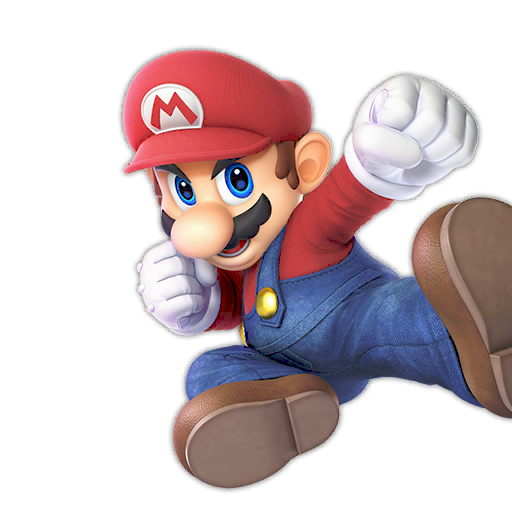
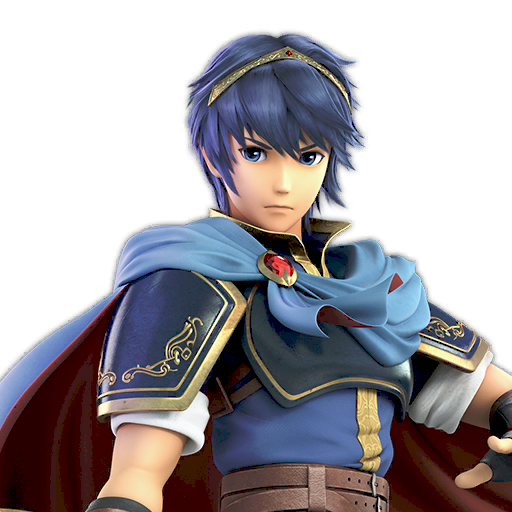
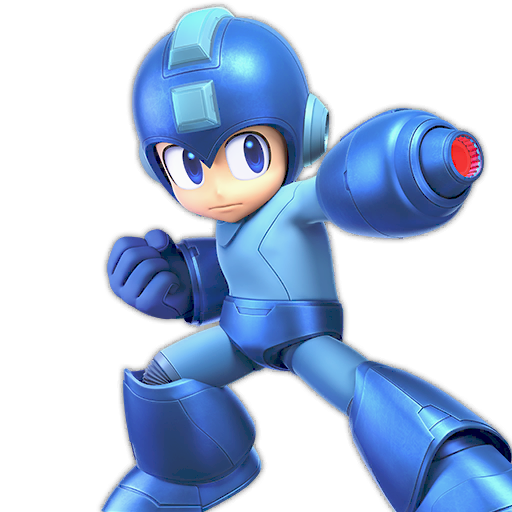
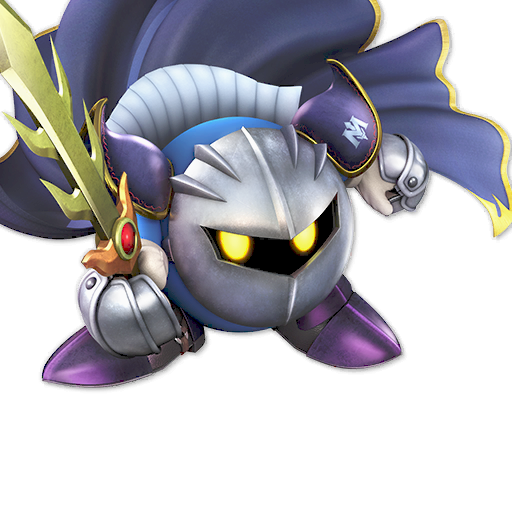
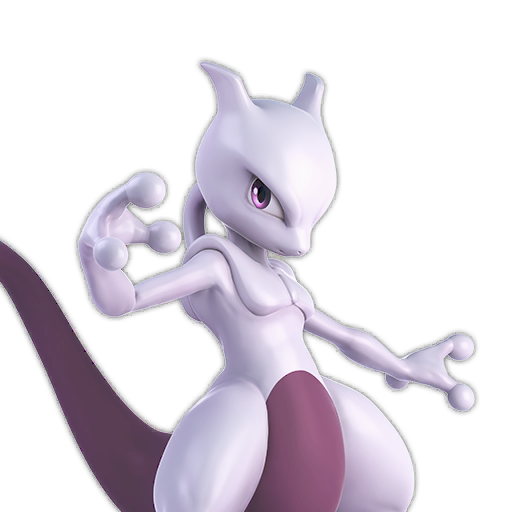
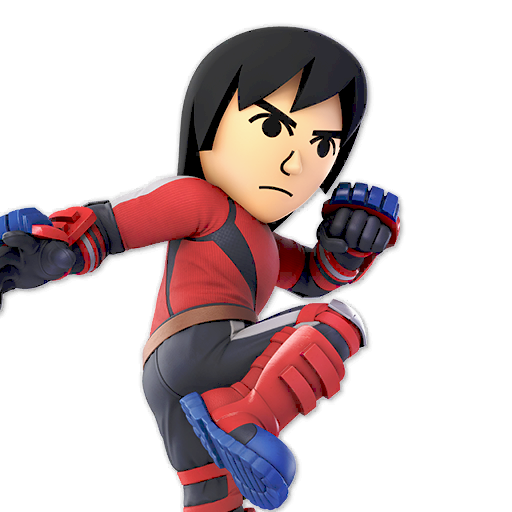
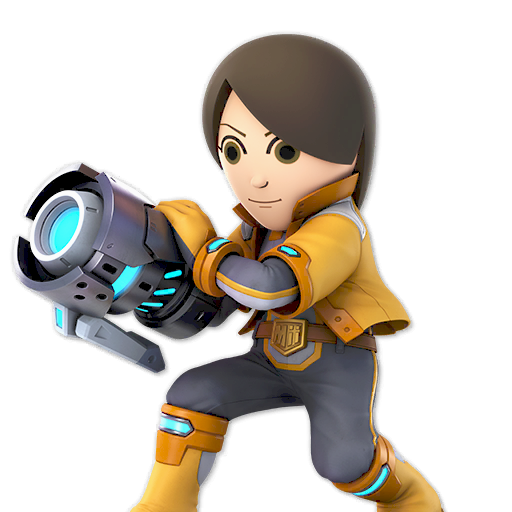
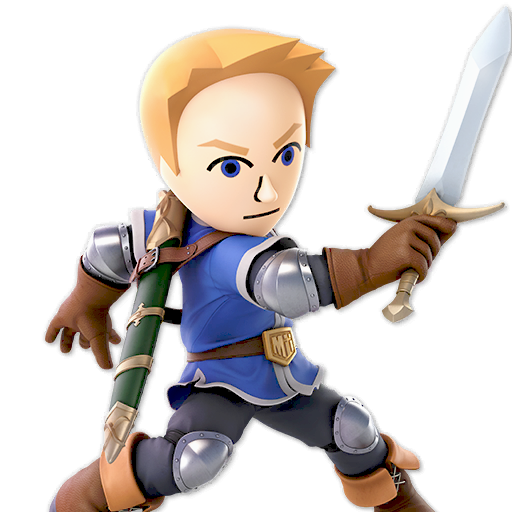
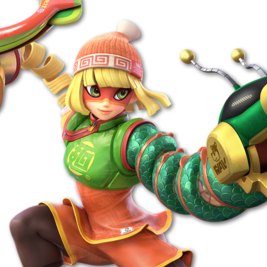
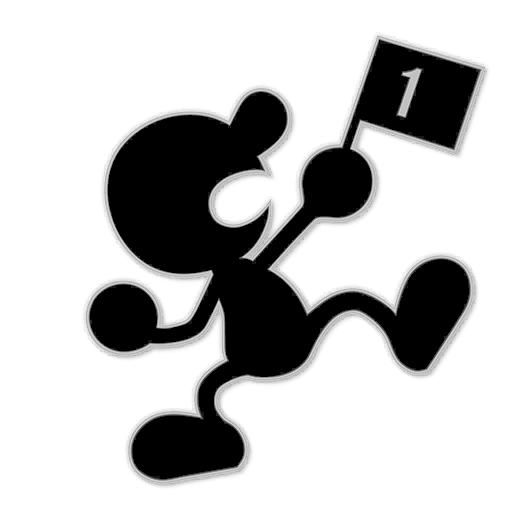
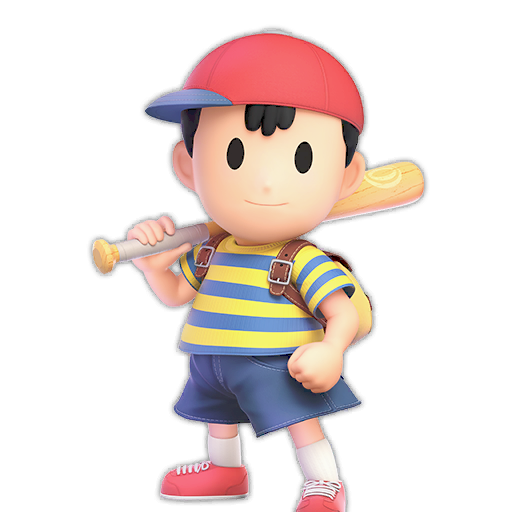
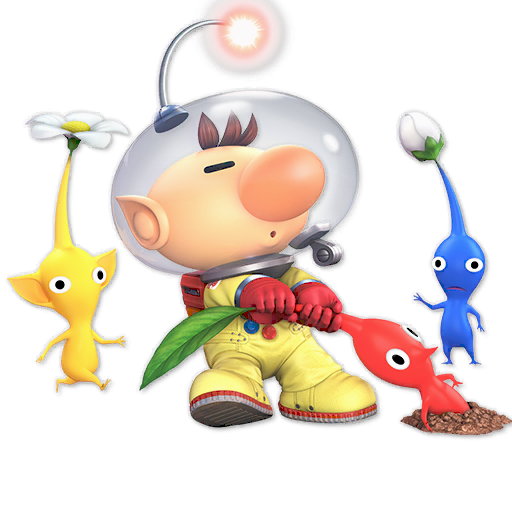
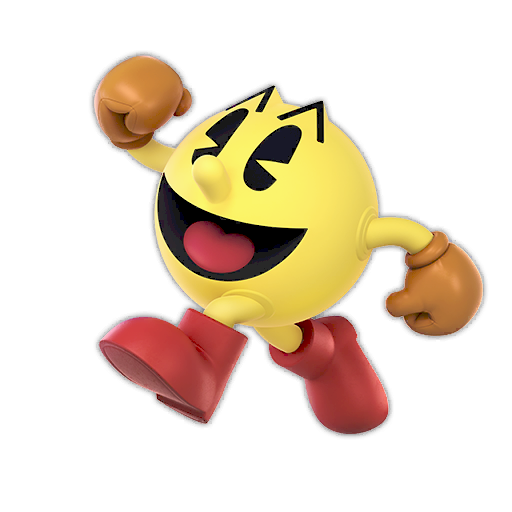

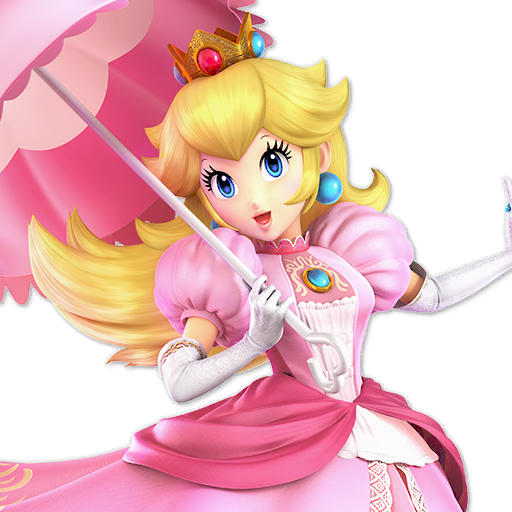
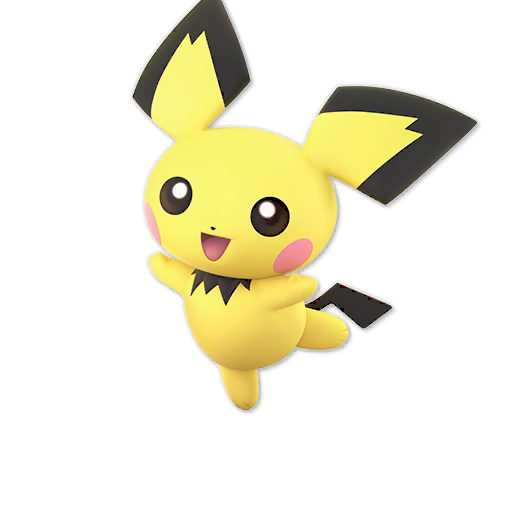


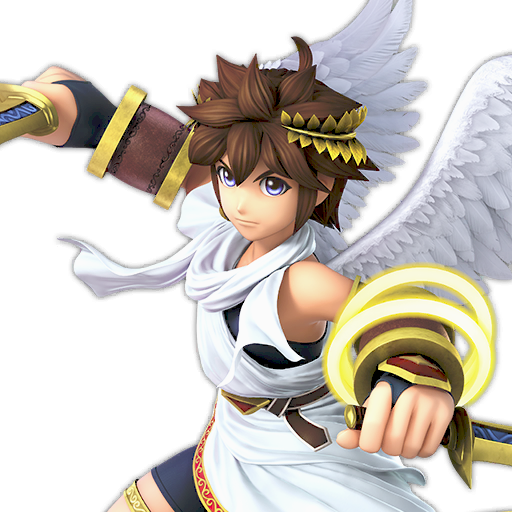
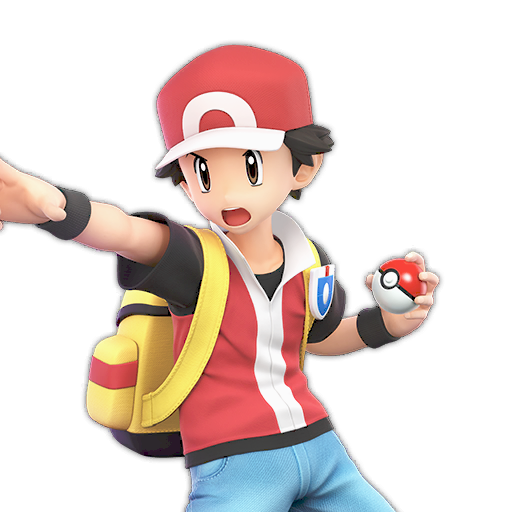
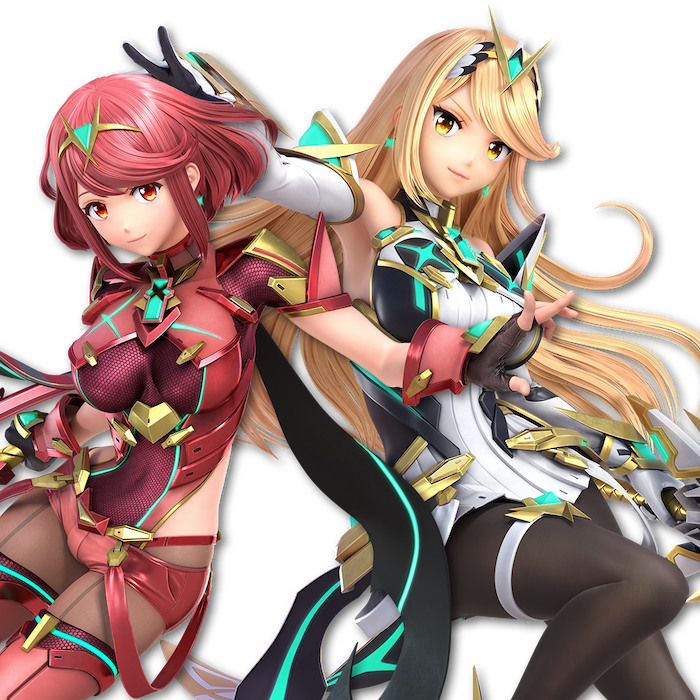
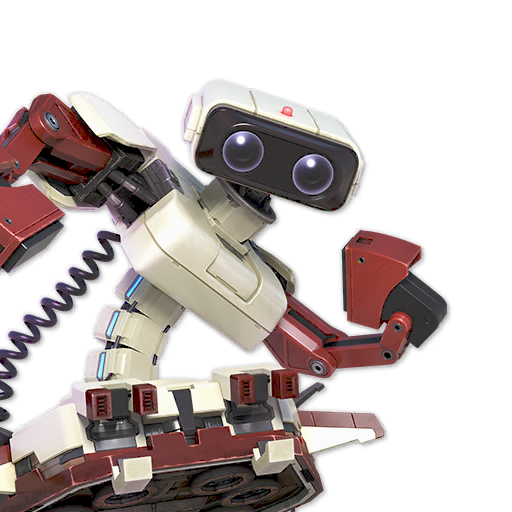
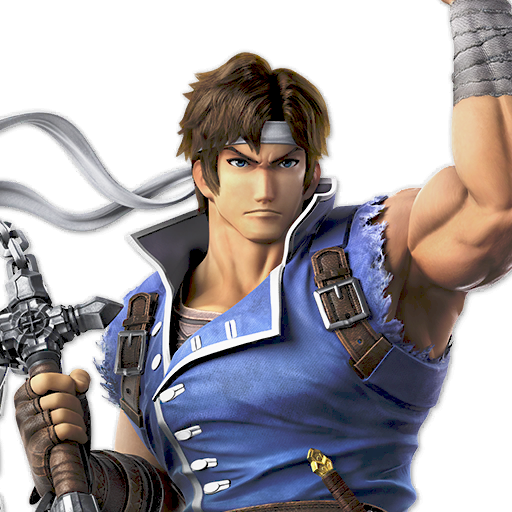
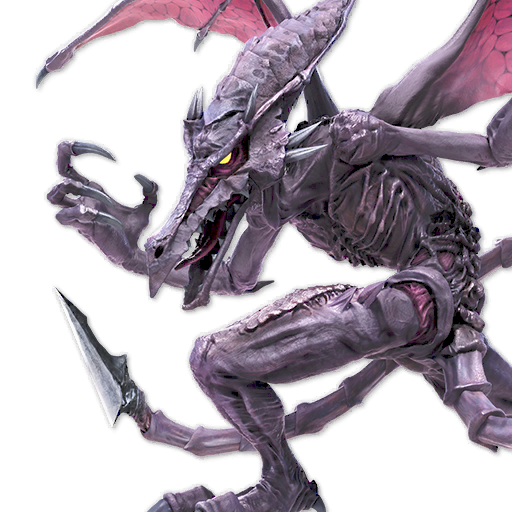
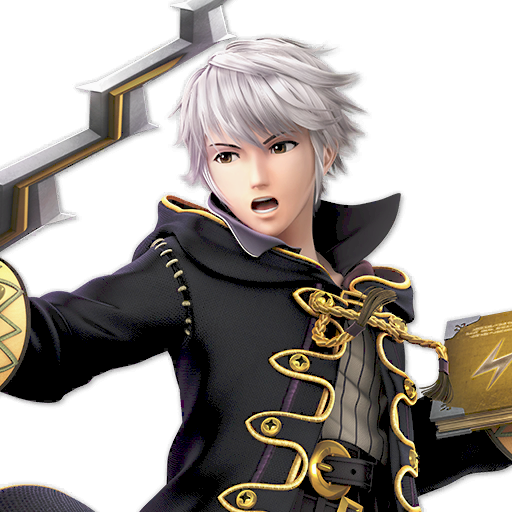
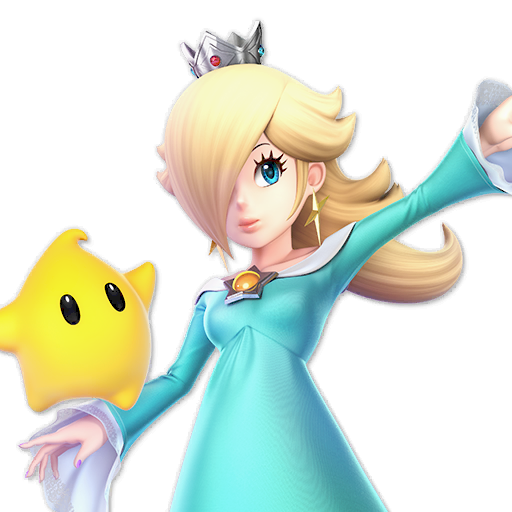
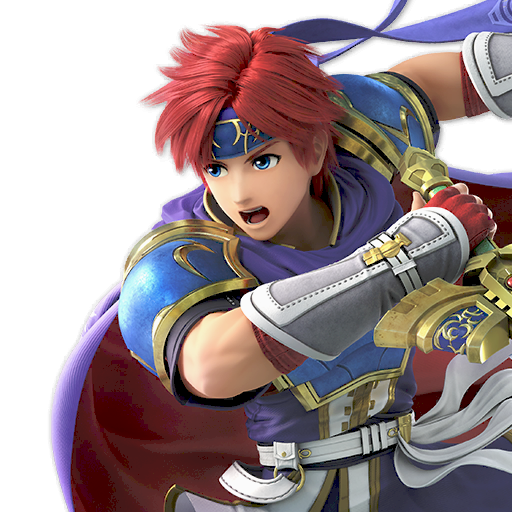
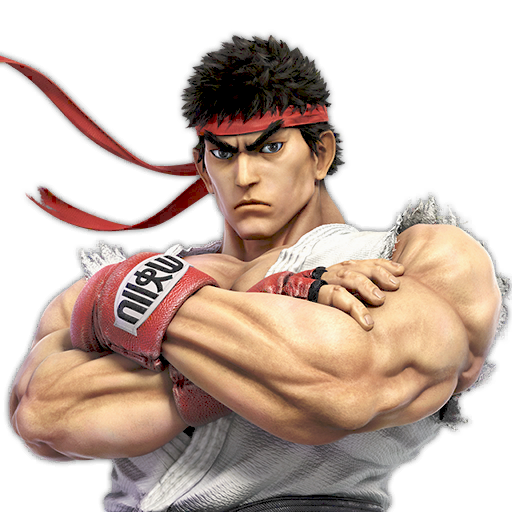
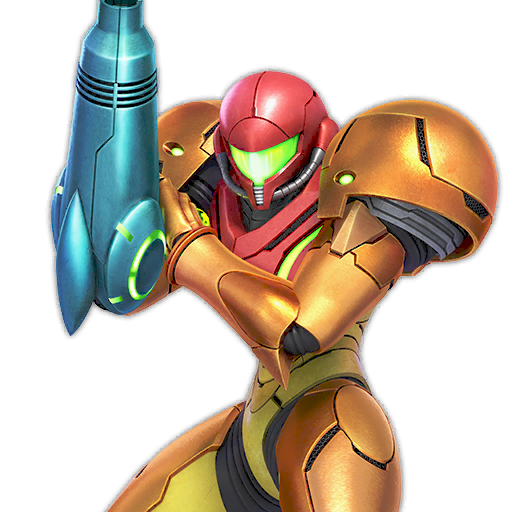
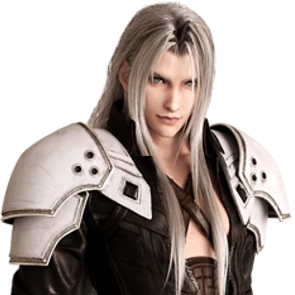
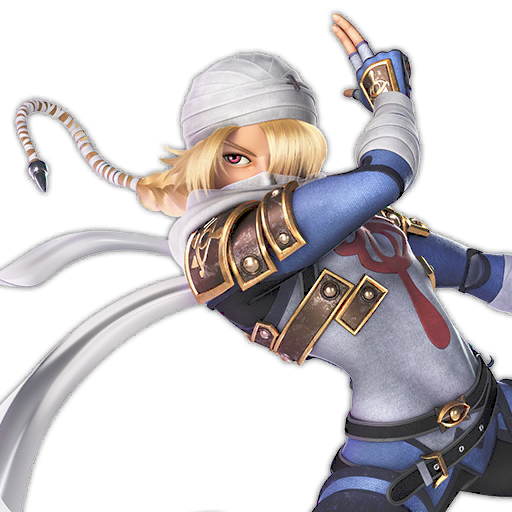
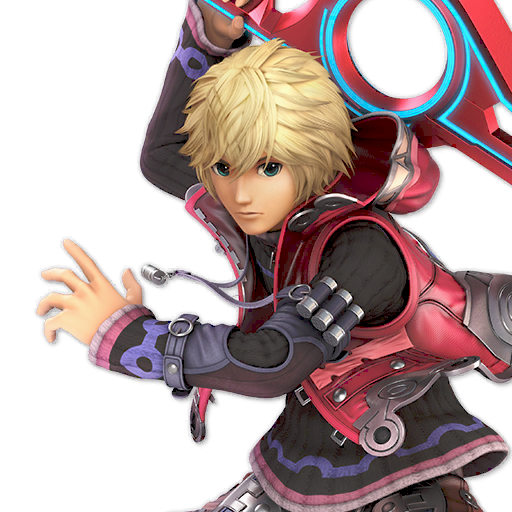
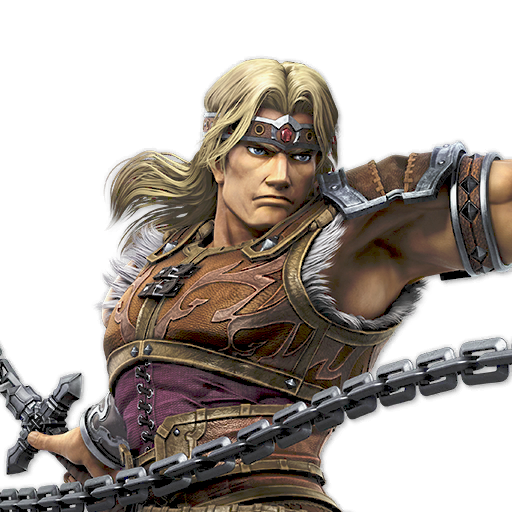
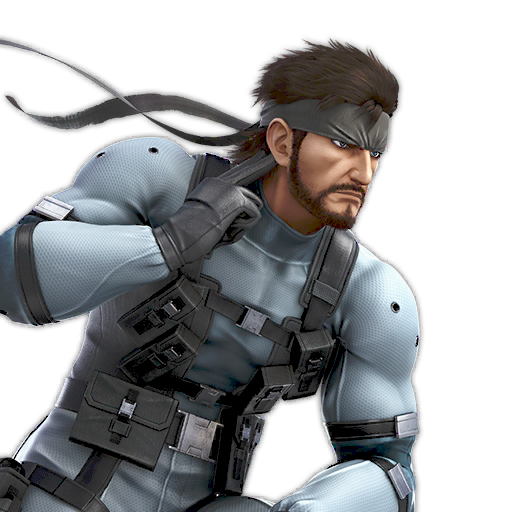
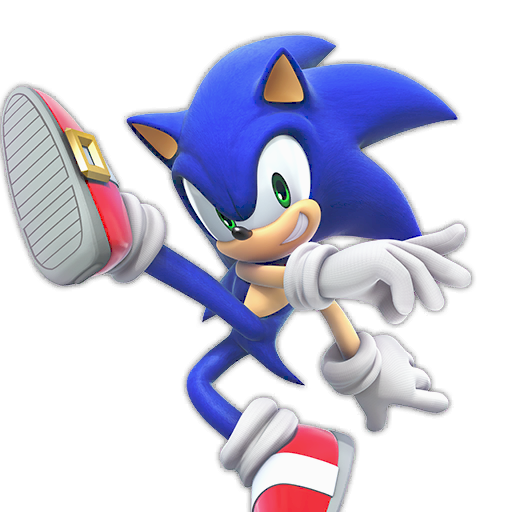
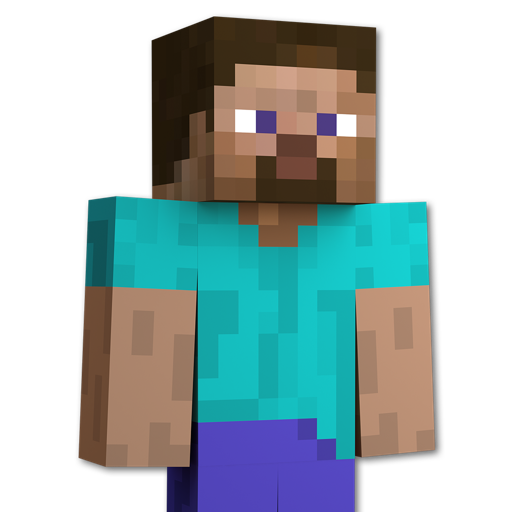

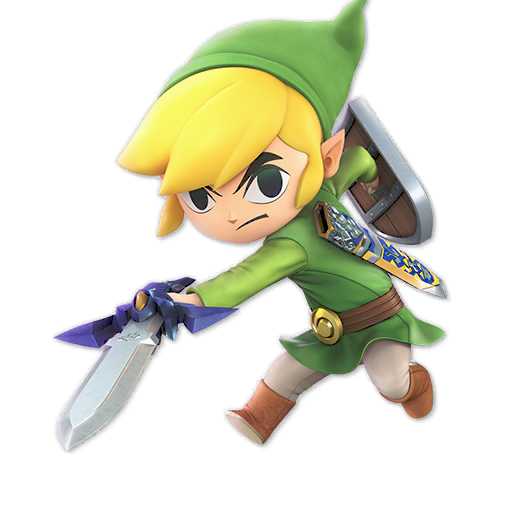
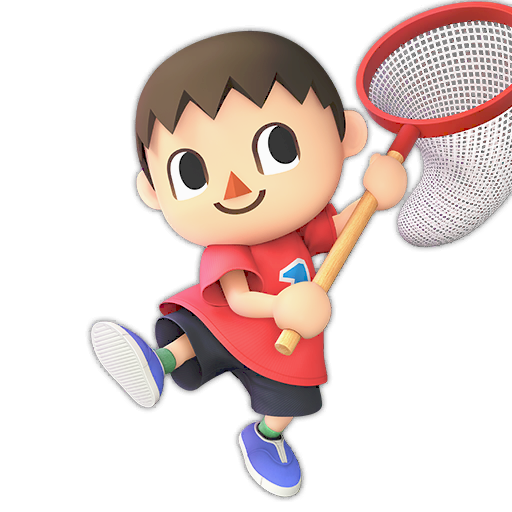
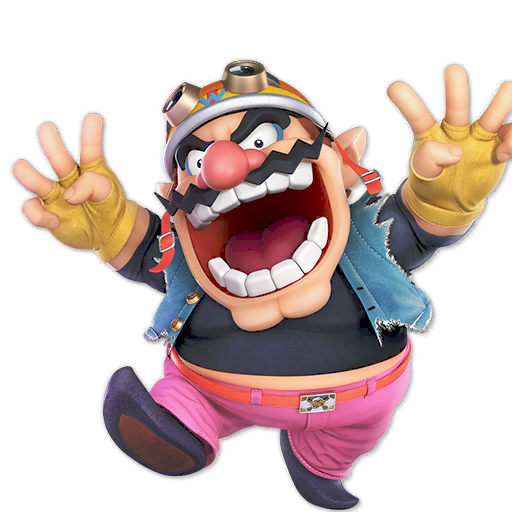
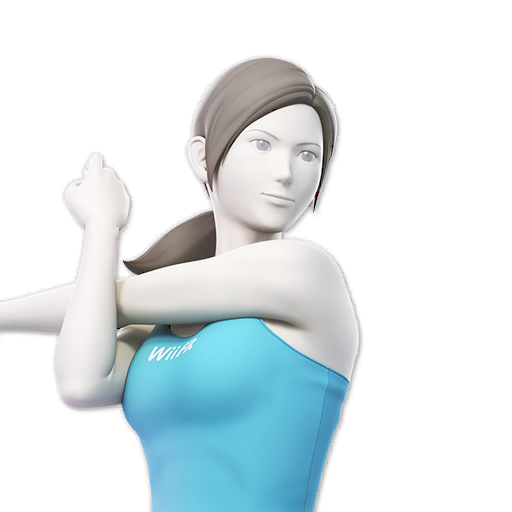

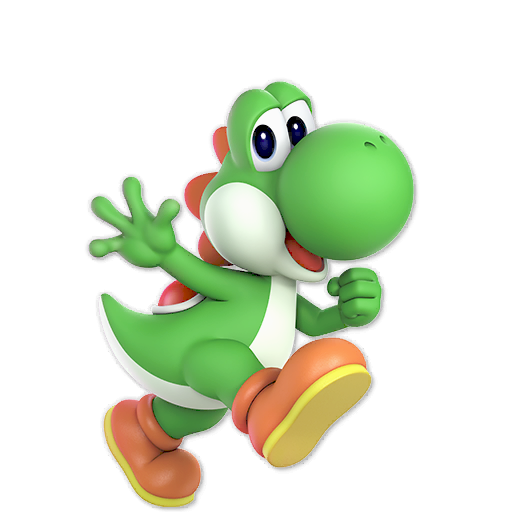
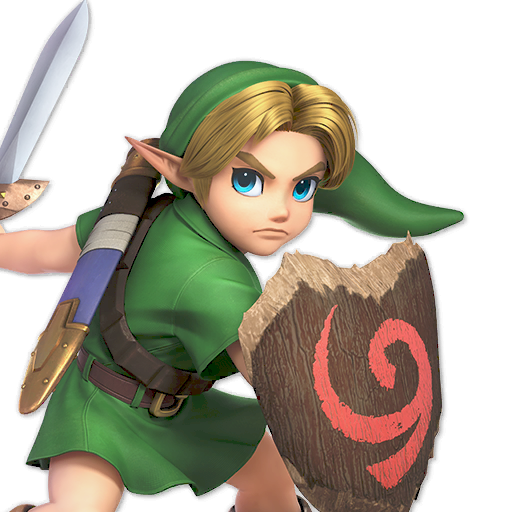
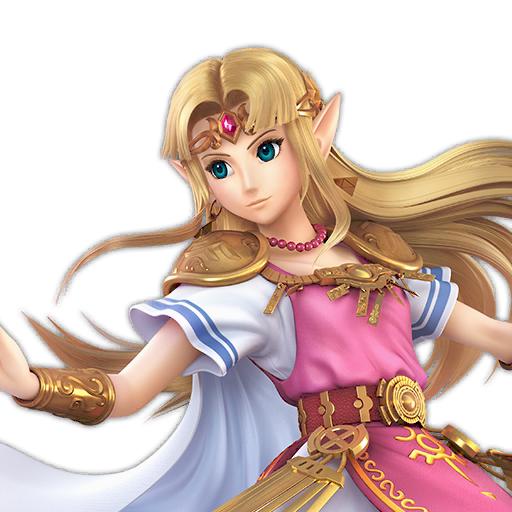
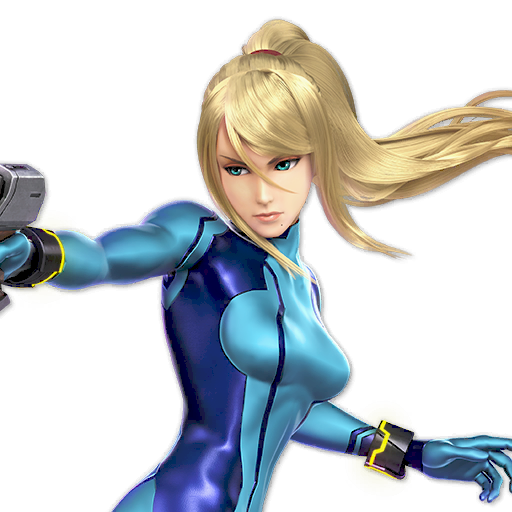
Comments